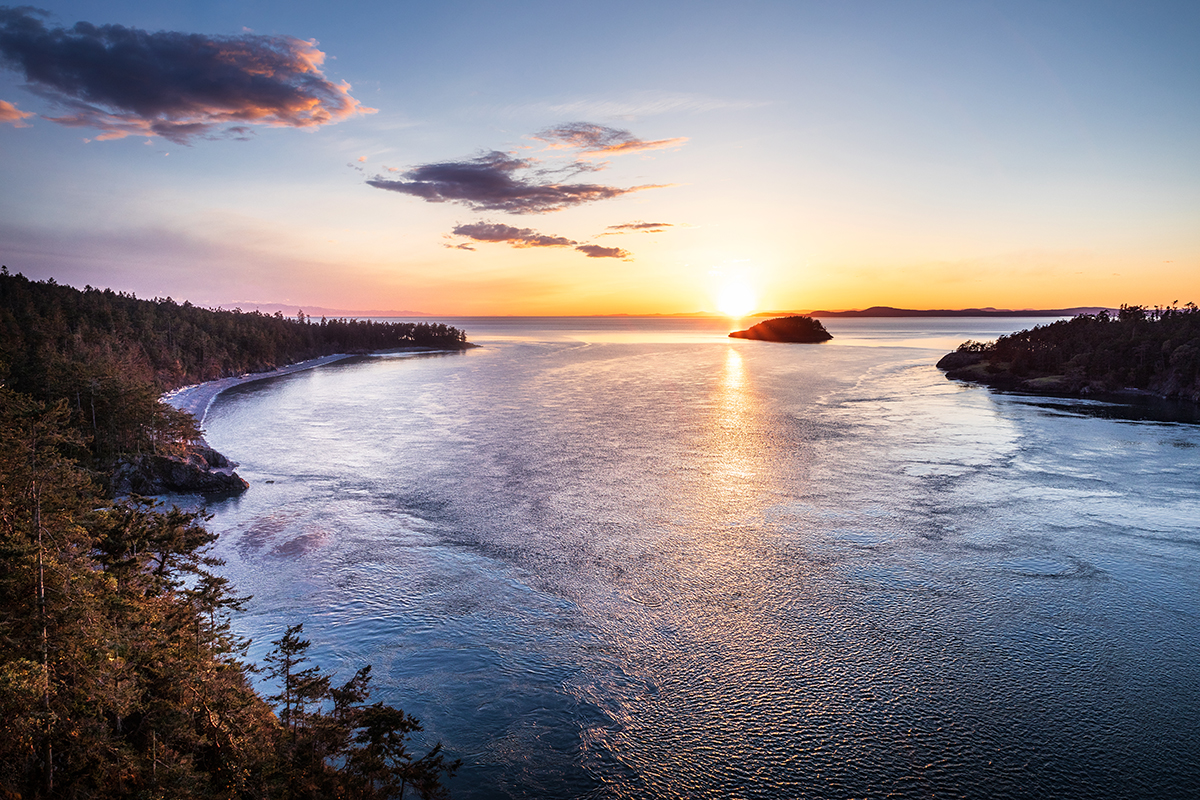Nature as Healer
Taryn Rehn takes a breather in the great outdoors with her Tamron 24-70mm F2.8 VC G2 zoom and SP 150-600mm VC G2 ultra-telephoto lenses.
Share the article:
More Photo Tips | Video Gallery | Photo Gallery | Enewsletter sign-up
By Jenn Gidman
Images by Taryn Rehn
Taryn Rehn grew up in the lush Pacific Northwest, so it seems inevitable she was destined to become an outdoor enthusiast—and, perhaps, a nature and wildlife photographer. “Photography has been a part of my life for as long as I can remember,” she says. “Then, as an adult, I faced some challenging circumstances while mourning the loss of a beloved family member. I turned to hiking and photography as a form of nature therapy, where I could live life to the fullest and be present, instead of focusing on fear and grief.”
Today, those fears are long gone, but Taryn, a project manager trained as an architect, continues to explore those dual passions from her home in western Washington. Her DSLR camera, Tamron lenses, and tripod are integral to that mission. “I’ve had the Tamron SP 150-600mm VC G2 ultra-telephoto zoom for the longest, and it’s my favorite lens, especially for photographing wildlife,” she says. “I need that long reach. The lens is sharp across the entire range, renders colors beautifully, and captures light and detail so well. I like to break the rule of not shooting directly into the sun, and this lens enables me to do so with fantastic results. I’m always pushing the boundaries with the 150-600mm, and it delivers.”
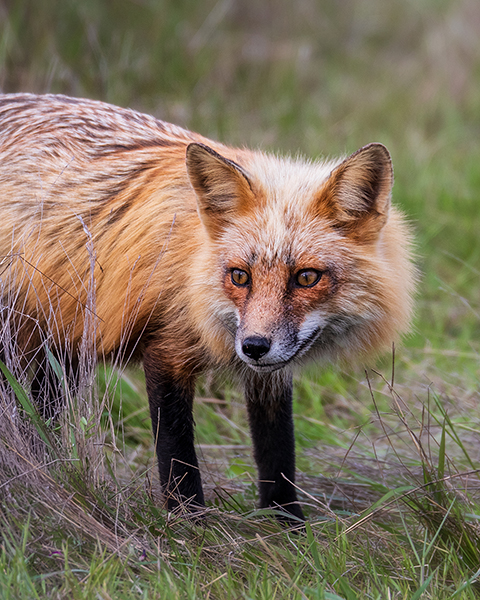
150-600mm (600mm), F6.3, 1/320 sec., ISO 400
Click image to view larger
Taryn has had the Tamron SP 24-70mm F/2.8 VC G2 zoom for just a few months, and she’s already impressed with the landscape photos it’s helped her create. “I love that the lens goes down to F2.8, and I’m excited to start using it soon for astrophotography,” she says. “Plus, the Vibration Compensation (VC) feature on both lenses keeps my handheld photos shake-free.”
When asked to describe her own work, one word comes to Taryn’s mind. “Uncluttered,” she says. “I try to incorporate a singular element of focus without too many other things going on in the image. In art and architecture, that’s referred to as minimalism. I like to focus on one moment or vignette, instead of trying to include everything at a particular site.”
Taryn also tends toward bold, warm colors and keep her focus on the landscapes alone. “You’ll rarely see people in my photos,” she says. “I like to evoke a feeling of solitude in my images. By shooting this way, it also makes it easier for the viewer to insert themselves in the scene.”
TARYN’S QUICK TIPS
Look for uncommon occurrences.
I look for things like rainbows, cloud inversions, or the first moments of moonrise. Vivid colors in the water or reflections also pique my interest. Seek out anything unique that’s taking place in the environment around you.
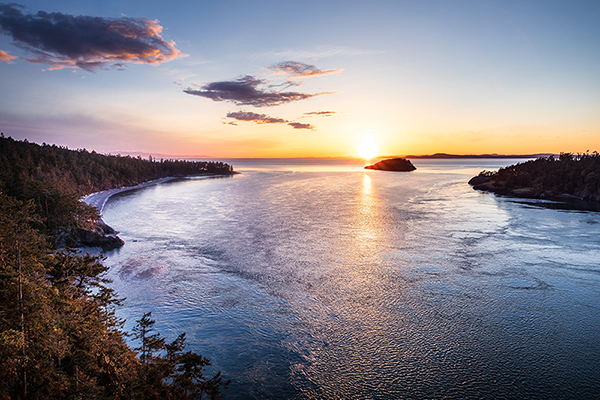
24-70mm (35mm), F11, 1/50 sec., ISO 100
Click image to view larger
I also aim for compositions with layers. My pictures often feature something compelling happening in the foreground, but also in the middle of the frame and the background.
Use higher f-stops for waterfalls.
I have a 6-stop ND (neutral-density) filter to slow down the shutter speed and capture a soft water effect. However, I’m able to achieve a smooth water effect without a filter by using the 24-70mm at F22 and shooting on an overcast day or at dusk.
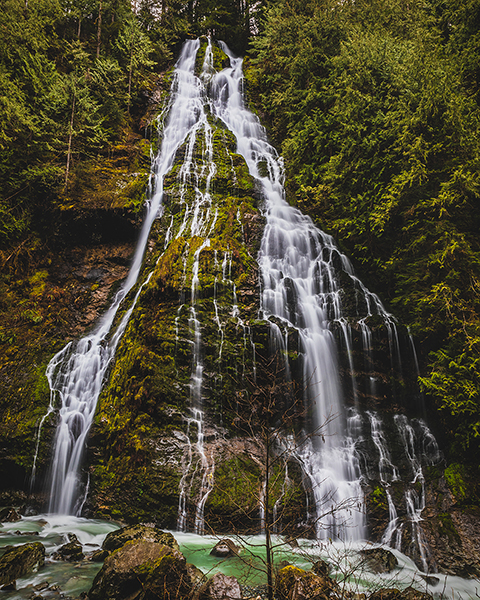
24-70mm (24mm), F8, 1/250 sec., ISO 100
Click image to view larger
It's been said before, but…be patient.
With landscapes, that means patience with weather, lighting, and related factors. With wildlife, that patience has to increase tenfold. In the national parks, you often have to be at least 75 feet away from most of the animals; for some, it’s 150 feet or more. That can make it difficult not only to spot them in the first place, but also to track.
That’s why the 150-600mm is so critical. The heron you see here was probably about 75 feet away, but thanks to the reach of that lens and its sharpness, I was able to pick up so much of the bird’s details. Same with the bunny and foxes.

150-600mm (600mm), F9, 1/400 sec., ISO 200
Click image to view larger
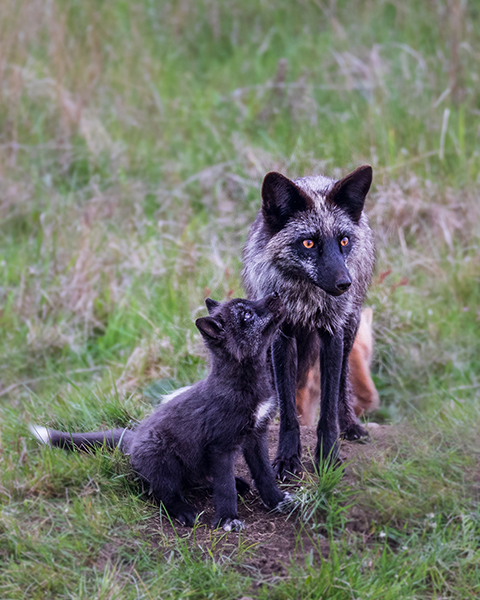
150-600mm (600mm), F6.3, 1/250 sec., ISO 400
Click image to view larger
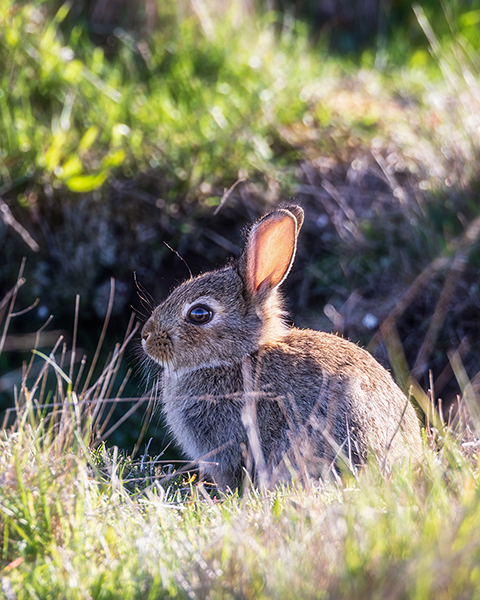
150-600mm (600mm), F8, 1/80 sec., ISO 200
Click image to view larger
Don’t underestimate trial and error.
It’s a great way to develop your own original style. Have fun experimenting and breaking the rules. The joy you experience during your creative process will be evident in your results.
Keep expectations realistic.
That includes not thinking you’re going to get the photos you want on your first try. If a project you’re working on is really important to you, block out the time to do it properly. That means immersing yourself in a location, talking to locals, and making friends with other photographers. It will reduce your stress, and you’ll up your chances of capturing the best photos possible. As a bonus, you’re likely to make some new friends who share your passion for photography.
To see more of Taryn Rehn’s photos, check out her Instagram.
More Photo Tips | Watch Videos | Learn More About Tamron Lenses | Photo Gallery
